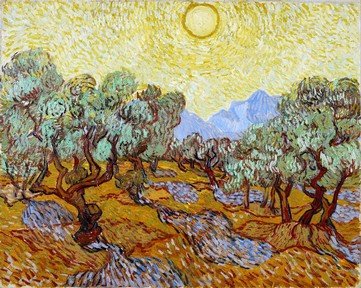Quiz Answer Key and Fun Facts
1. An iconic 1793 Jacques-Louis David painting depicts the death and murdered body of which revolutionary Jacobin leader from the French Revolution?
2. Which German painter created multiple versions of the "Proclamation of the German Empire", and changed aspects of the depiction depending upon the buyer for the painting?
3. What Francisco Goya painting depicts the battle at Medina del Rio Seco, wherein the Spanish military battled against Napoleon's French troops, resulting in considerable loss of life on both sides, but especially on the part of the Spanish?
4. "The Raft of Medusa" graphically depicts the devastation and death of shipwreck survivors from the French Méduse frigate, many of whom went mad with dehydration, slaughtered fellow survivors and resorted to cannibalism for survival. Which painter used this piece to launch his career as an icon of French Romanticism?
5. In 1884, painter Gustaf Cederström completed a stylized depiction of military personnel solemnly carrying the body of King Charles XII (aka King Karl XII) after his death in the trenches in 1718. From which Scandinavian nation do this king and artist originate?
6. "Liberty Leading the People" depicts the artist's female concept of Liberty charging over a barricade with a musket in one hand and the tricolor flag of France in the other, leading the people to victory in the July Revolution of 1830. Which French romantic artist created this masterpiece?
7. In 1833, Paul Delaroche completed an iconic painting depicting the moments before which young British Royal's execution during the Tudor dynasty?
8. Teka Stańczyk is considered the most famous court jester in the history of Poland, having served three kings during his lifetime. Which Polish painter used Stańczyk in multiple paintings, including one titled "Stańczyk," depicting the jester reflecting on the aftermath of the Siege of Smolensk?
9. In 1796, Vincent Camuccini completed an oil masterpiece depicting the 44 BC assassination of what dictator on the Ides of March?
10. Which American founding father crossed the Delaware River on the night of December 25-26, 1776, and is depicted doing such in multiple iconic paintings?
Source: Author
KatieK54
This quiz was reviewed by FunTrivia editor
looney_tunes before going online.
Any errors found in FunTrivia content are routinely corrected through our feedback system.
